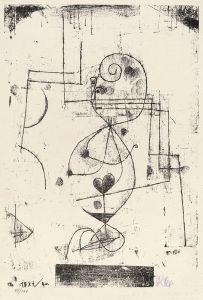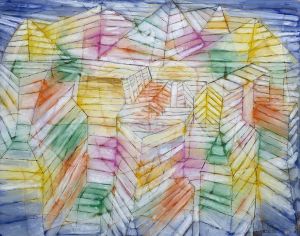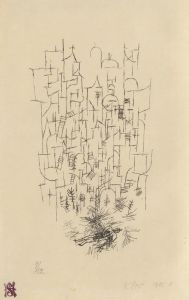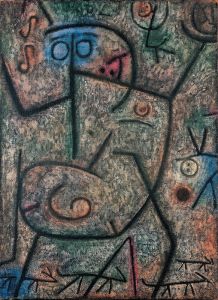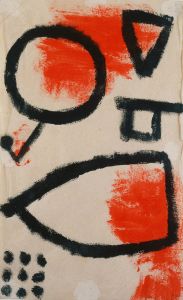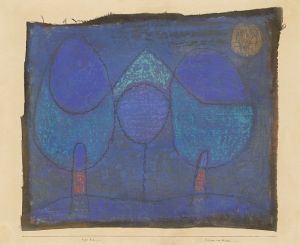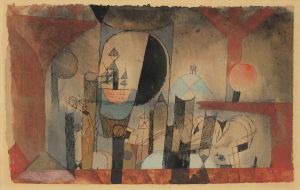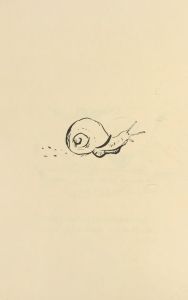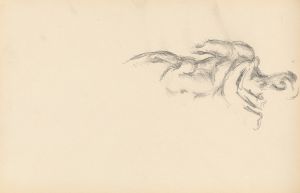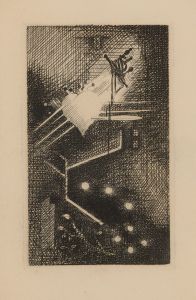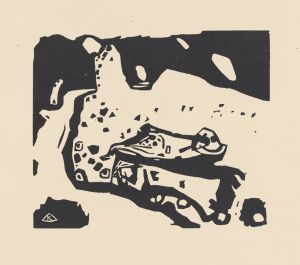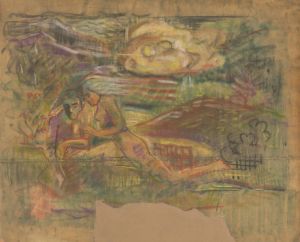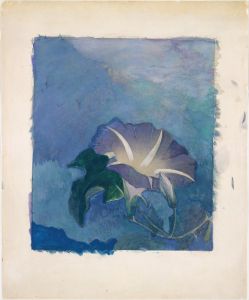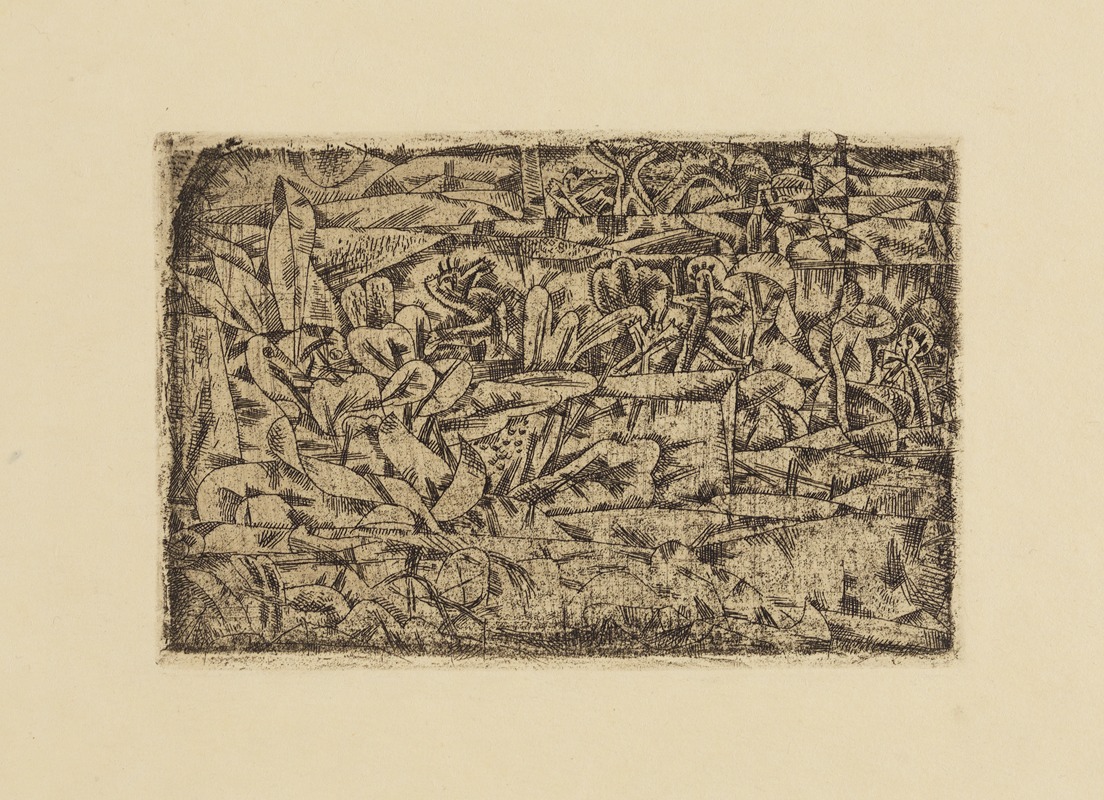
Garten der Leidenschaft
A hand-painted replica of Paul Klee’s masterpiece Garten der Leidenschaft, meticulously crafted by professional artists to capture the true essence of the original. Each piece is created with museum-quality canvas and rare mineral pigments, carefully painted by experienced artists with delicate brushstrokes and rich, layered colors to perfectly recreate the texture of the original artwork. Unlike machine-printed reproductions, this hand-painted version brings the painting to life, infused with the artist’s emotions and skill in every stroke. Whether for personal collection or home decoration, it instantly elevates the artistic atmosphere of any space.
Paul Klee, a Swiss-born artist, created "Garten der Leidenschaft" (Garden of Passion) in 1913. Klee is renowned for his highly individual style, which was influenced by movements such as Expressionism, Cubism, and Surrealism. His works often feature a unique blend of abstraction and figuration, characterized by a playful use of color and form.
"Garten der Leidenschaft" is a prime example of Klee's innovative approach to art. The painting is known for its vibrant color palette and intricate composition, which together evoke a sense of whimsy and emotional depth. Klee's use of color in this piece is particularly noteworthy; he employs a range of hues to create a dynamic and engaging visual experience. The title, which translates to "Garden of Passion," suggests a rich, emotional landscape, and Klee's execution of the theme is both imaginative and evocative.
The painting features a variety of abstract shapes and forms, which are arranged in a way that suggests a garden-like setting. These forms are interspersed with lines and patterns that add to the overall sense of movement and vitality. Klee's technique in "Garten der Leidenschaft" reflects his interest in the interplay between color and form, as well as his fascination with the natural world.
Klee's work is often seen as a bridge between the representational and the abstract. In "Garten der Leidenschaft," this is evident in the way he combines recognizable elements with more abstract forms. The result is a composition that feels both familiar and otherworldly, inviting viewers to explore the painting's many layers of meaning.
Paul Klee's artistic career was marked by a constant exploration of new techniques and ideas. He was a member of the influential Bauhaus school, where he taught alongside other notable artists such as Wassily Kandinsky and László Moholy-Nagy. Klee's work from this period, including "Garten der Leidenschaft," reflects his deep engagement with the principles of modernist art.
Throughout his life, Klee was influenced by a wide range of artistic traditions, from the folk art of his native Switzerland to the avant-garde movements of early 20th-century Europe. His travels to places like Tunisia also had a profound impact on his use of color and light, which is evident in many of his works, including "Garten der Leidenschaft."
Klee's legacy as an artist is significant, and his work continues to be celebrated for its originality and emotional resonance. "Garten der Leidenschaft" remains an important piece within his oeuvre, exemplifying his ability to blend the playful with the profound. The painting is held in high regard by art historians and is considered a testament to Klee's innovative spirit and his contribution to modern art.
In summary, "Garten der Leidenschaft" by Paul Klee is a vibrant and imaginative work that showcases the artist's unique approach to color and form. Created in 1913, the painting reflects Klee's deep engagement with modernist principles and his ability to create compositions that are both visually striking and emotionally resonant.






